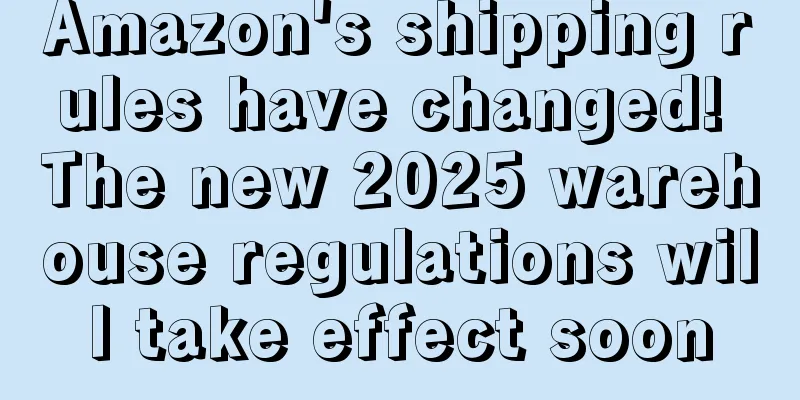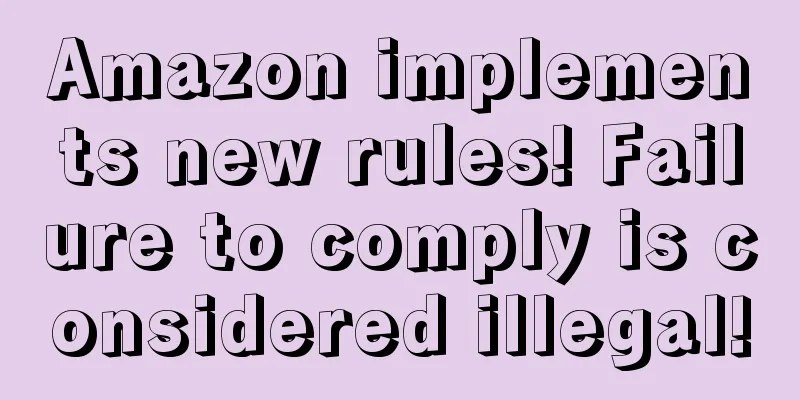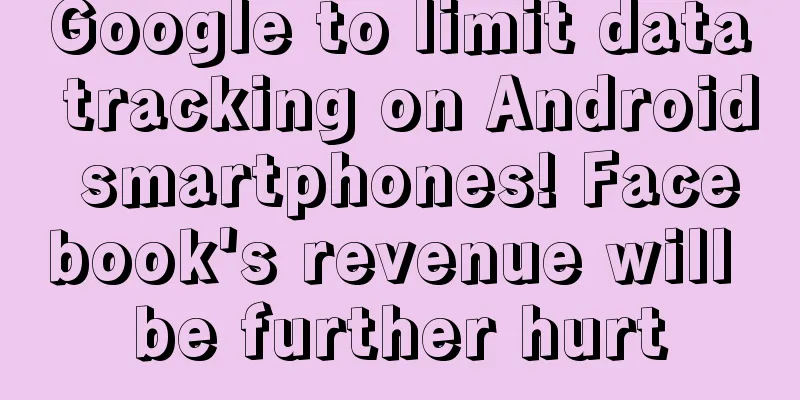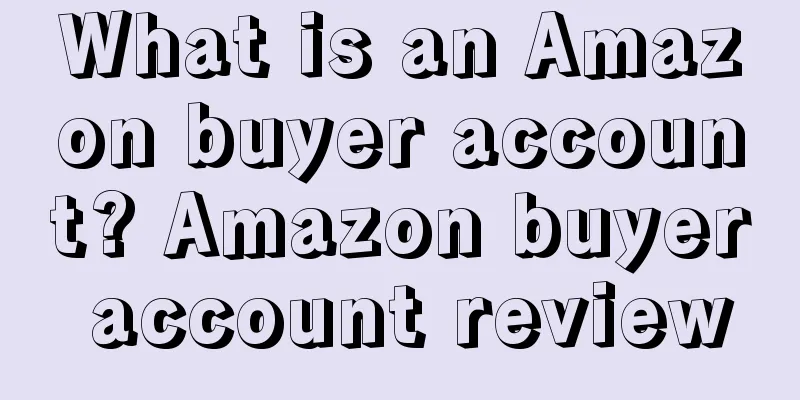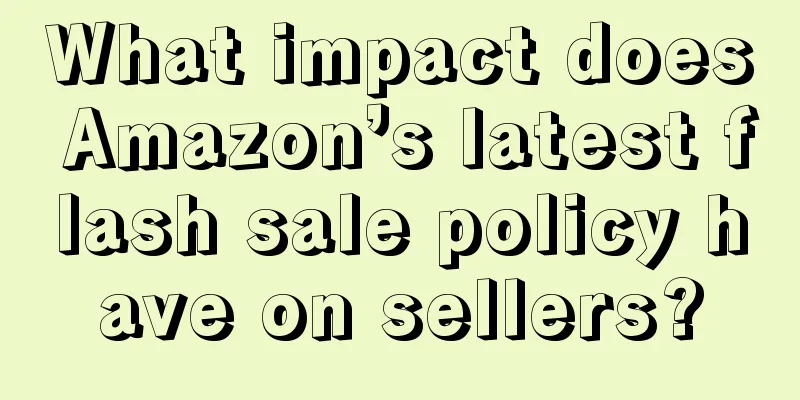Another major overhaul of Amazon's front desk? Sellers: Roll up to Taobao

|
The news caused panic among sellers. It is understood that sellers uploaded multiple pieces of information including identity information, company address, bank account, etc. as required and passed the verification. However, many sellers are still stuck in Amazon’s review process and have not yet successfully passed the verification. ▲ The picture comes from the seller communication group In addition, many sellers believe that Amazon's time arrangement is also questionable. For example, Amazon sends a postcard through the U.S. Postal Service to confirm the seller's address, but only gives the seller a little more than a week to confirm. If the mail is lost during transportation or other problems occur, it is likely to cause the seller's verification to fail.
In addition, the Consumer Notification Act was proposed in March 2021 and passed in December 2022. Amazon had six months to complete the verification before the bill came into effect, but verification did not begin until around May, leaving sellers with only about two months to process. Amazon Prime Day is about to start in mid-July, and if verification is not passed in time, sellers will likely miss out on the big promotion.
In addition to the account verification trend, Amazon's rule rectification has also been undercurrent in recent times. Previously, many sellers found that the listing search results page began to display pageviews and sales, and speculation about Amazon or "Taobao" was rampant. Now, Amazon's search display seems to have changed again, taking a step further towards "Taobao". Recently, a seller discovered that when searching for keywords for some products, a new button was added in the lower left corner of the picture. After clicking it, a new search box "More Like This" will appear. In this search box, the system will recommend other products with similar styles, and a large number of recommended results will be displayed when you pull down. ▲ The picture comes from Zhiwubuyan After using this function, the seller found that the products recommended by the current system are more accurate than the products searched by themselves. When customers enter the system recommendation box, they will compare the prices, ratings and other factors of the products in the box. Therefore, this function of accurately finding the same products may also intensify price competition among similar sellers. |
<<: Revealed! The first batch of sellers settled in SHEIN are quietly making a fortune
>>: Amazon White Hat Gameplay - Single Product Earns $10,000 in 30 Days
Recommend
What is Anjun Logistics? Anjun Logistics Review
Shenzhen Anjun Logistics Co., Ltd. focuses on one-...
Walmart and e-commerce management platform CommerceIQ reach cooperation! Improve positioning and search capabilities
Walmart has partnered with e-commerce management p...
What is BigTracker? BigTracker Review
BigTracker is an easy-to-use Amazon product resear...
What is Memebox? Memebox Review
Memebox is a global multi-brand beauty and persona...
Alibaba's "American Dream" shattered as the goal of one million B-end sellers was not achieved
It is learned that according to FT reports, Alibab...
I lost 300,000 yuan in goods due to an unscrupulous supplier.
The full text has 2182 words and takes 10 minutes...
Sellers must read! Amazon cracks down on refurbished listings, how to protect your store?
Recently, Amazon has strengthened its supervision ...
Another popular brand is banned? Amazon sends out another batch of warning emails about fake orders!
The "2021 Amazon Annual Account Banning Opera...
What is the German Federal Central Tax Office (BZSt)? German Federal Central Tax Office (BZSt) Review
The Federal Central Tax Office (German: Bundeszent...
What is Coles? Coles Review
Coles Online is an Australian e-commerce website o...
What is Shopify Ping? Shopify Ping Review
Shopify Ping is a new APP launched by Shopify in 2...
Collection|Problems and solutions for brand registration
Amazon brand registration refers to applying for b...
Amazon Review Card
Background: In order to increase the rate of posit...
Critical hit! Temu's new rules are online, sellers are almost bankrupt if they accidentally touch it!
"I earn money and spend it, and I want to ta...
"Tik Tok Recruitment" is actually a scam? Thousands of sellers were deceived by the 39,000 yuan entry fee!
▶ Video account attention cross-border navigation ...

